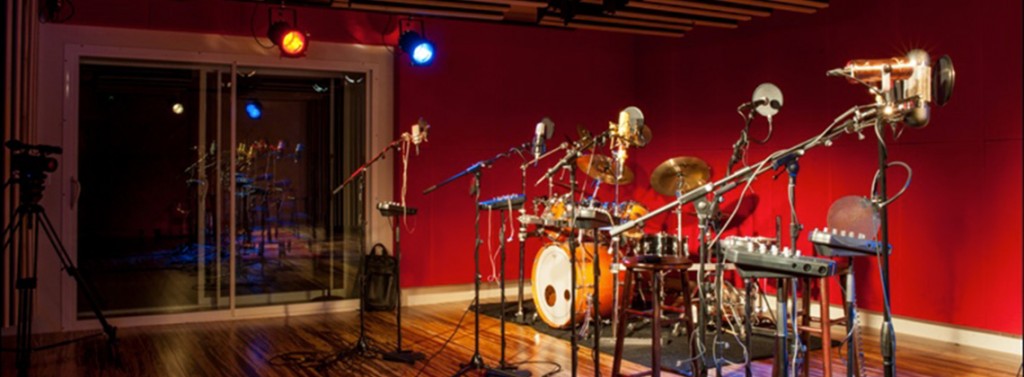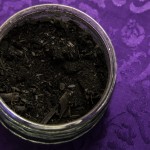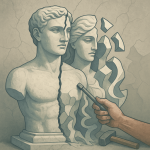While I’m on vacation in Ireland, I’ve invited Unequally Yoked readers to assemble a wunderkammer of guest posts on books, practices, ideas, etc that particularly delight them. Claire began this series with her post on prayers following communion, and the next entry is from K. Chen, who usually blogs at See Infra.
I’d like to open by thanking Leah for this opportunity to embarrass myself in front of a large audience made of strangers and the occasional debate opponent. Leah asked for posts on things we love so as to build her a wunderkammer, a cabinet of wonders. I assume the other guest posters were driven to write on something unique and special. I, on the other hand, was driven to write about my completely unironic love of YouTube covers. And love these covers I do, as works of art of value, despite my musical betters (both in the form of strangers on the internet and in close friends) telling me otherwise.
Even now, having outed myself as a man of poor musical taste, I must concede that YouTube is awash with covers, many of which are of mediocre quality. For the music snob, this is the inevitable bad fruit of a sinful tree. A cover is a derivative work of musical art, a variation on someone else’s originality. Covers are enabled by section 115 of the Copyright Act, which bats aside the traditional dominion that intellectual property holders have over their work – the right to say “no, this is my art and you can’t have it.” Section 115 long predates YouTube, but YouTube lowered the barriers of entry, allowing manifold more artists to make the attempt. No longer did aspiring artists have to shell out for professionally produced demos and hope to be let in by a mercurial gatekeeper. With YouTube, it just took some talent, a video camera, and a decent internet connection to try their luck. And try they did, flooding the webways with derivative works.
If the music snobs are right, the proliferation of YouTube covers mark the end of civilization, or least have condemned us to hellish musical wasteland created by so-so acts, with only a few ancillary upsides. As even they will concede, an occasional artist of merit will leverage the popularity of their cover version to smuggle a “real career” producing original artistic works. Or perhaps an artist will allow a song to carry their talents directly, producing a version of higher virtuotic quality, separate from artistic merit. Certainly, some artists themselves think this of their own work. Jack Conte of Pomplamoose spent a sizable chunk of this Ear Biscuits interview alternating between flagellating himself for making covers and gratitude that it’s helped the band achieve success. That’s ok. Plenty of great art has come from artists disdainful of necessary evils.
Covers do have great value and not as a vehicle for a separate quality, but as art itself. Covers are derivative of an original, to be sure, but that is because they are transformative pieces of work. Every cover is a different take, a new perspective on the art, variations on the theme. Variations, riffs, are how artists transform sound into music; a cover is another layer of transformation.
We need that transformation as listeners. There is a remarkable cultural convergence in music. We have all agreed upon and intuitively understand not only the rules of, say, consonance and dissonance, but also the normative bounds of genre and audience. We intuit what sounds good, and what it is acceptable to like. Covers help us break past these rules by defamiliarizing the work, whether by stripping down or dressing up. Take, for example, Boyce Avenue stripped away the dance beat flourishes of David Guetta’s “Titanium”, further exposing the raw emotions in the song. The Florida State University AcaBelles bolstered the harmonies in Lorde’s “Royals” by replacing the multitracked self-harmony with the real thing. Scott Bradlee and Post Modern Jukebox’s genre switching cover even manages to rescue the lyrics of Robin Thicke’s “Blurred Lines” – transfiguring a creeper male’s ode into a lesbian empowerment anthem by way of a square dance. Like changing costuming and set dressing to illuminate Shakespeare’s scripts; defamliarization gets the audience past what they think they know and to the work itself. Ultimately, it is our selves, in our viewing and our perspective, who are transformed.
Even transformative works pale in comparison to their aggregate effects. From the endless sea of YouTube covers, the uncoordinated experiments and shifted perspectives emerges a conversation. Just as a chorus is greater than the sum of its parts, the conversation of covers transcends the quality of any particular component. Here, music stands in well for problems of culture and thought generally. We face the same problems: forgetting to ask questions; agreeing on unspoken answers; and finding ourselves constrained by rules we simultaneously ignore and strictly follow. We can transcend those constraints if we ourselves are transfigured – a task made many times easier by a multitude of perspectives.
Leah again: I particularly like K.Chen’s point about what we can discover by changing sets for songs (in the same way we do Shakespeare plays). I’m not musically adept enough to have tried covers myself, but, when I was younger, I liked writing ‘filks’ which were fanfiction stories interspersed with song lyrics serving as internal monologue for some of the characters or commentary on the action. I did like a Snape-narrated story I wrote using Don McLean’s “The Grave” but, as I wrote it under the same pen name I used to do Neville/Hermione fic set to Avril Lavigne, the world must never know. Yoking my stories to other people’s songs helped me get a better sense of my characters’ voices by matching them to a resonant song and then seeing which lines in the lyrics rang false.













